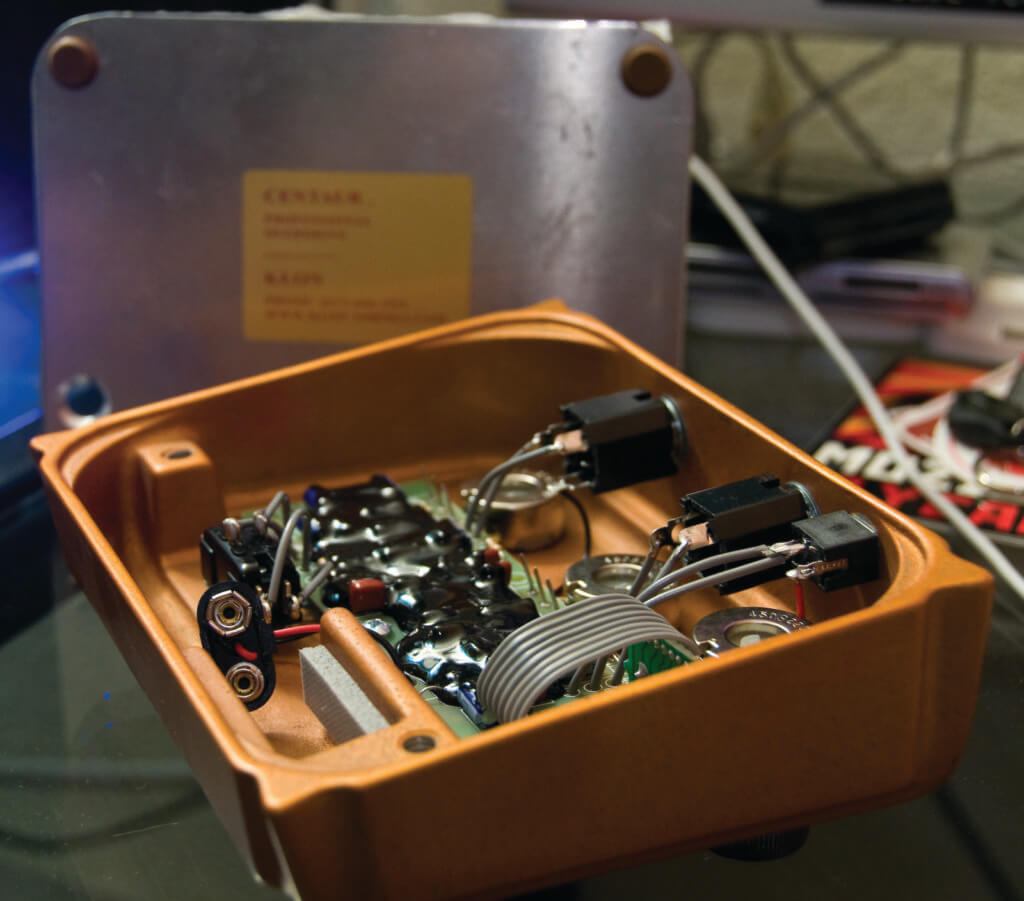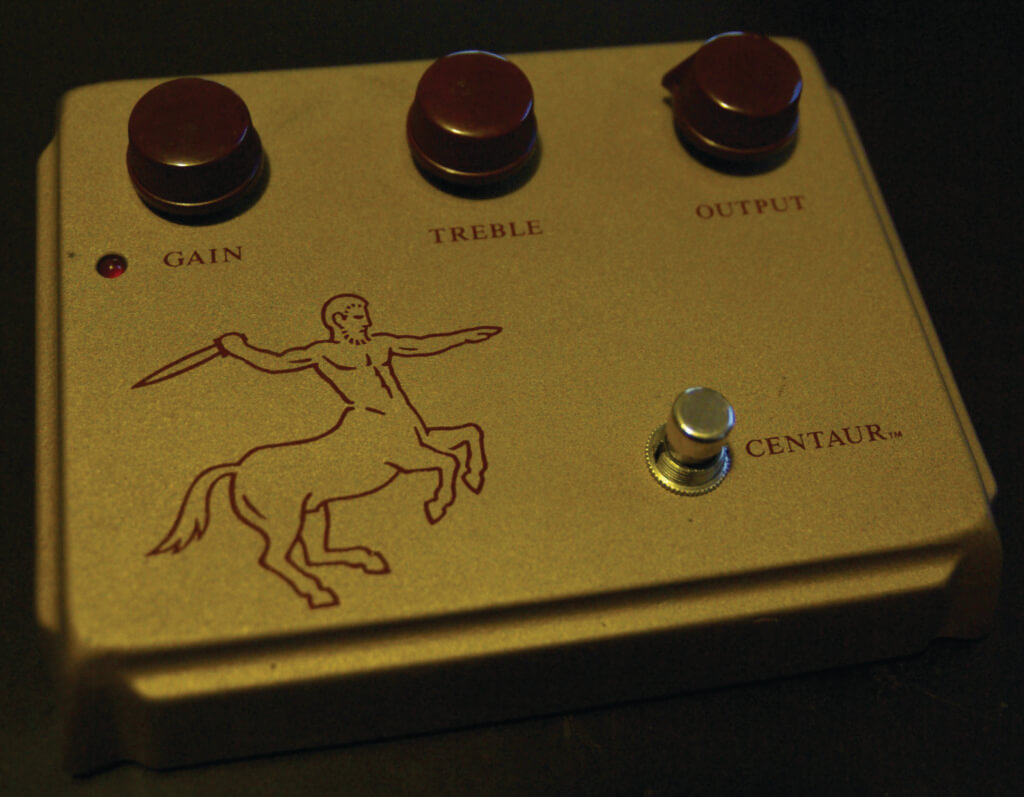It’s impossible to shop around for effects pedals without noticing claims of “true bypass” coming from a wide range of manufacturers. Like many things in the guitar effects world, there is some disagreement about the benefits of true bypass, with some players preferring a buffered bypass to preserve their original tone. So, should you only go for “true bypass” or is there something to be said for the buffered approach?

photo by ArtBrom, used under a Creative Commons license
THE DIFFERENCE BETWEEN TRUE AND BUFFERED BYPASS
The aim of the game is to preserve your tone. Simply, the more stuff you run your signal through (cables and effects pedals alike), the more your tone will degrade. For older effects pedals, even when the effect is switched off, your signal still runs through the circuitry and your tone degrades in the process, taking away from your high-end (even if just a small amount).
A “true bypass” is a mechanical switch that means your signal doesn’t travel through the circuitry when the effect is off – it just runs straight from input to output with limited impact on your tone.
Example of true bypass pedals are: the Fuzz Face, the ProCo Rat, the MXR Carbon Copy.
A “buffered bypass”, on the other hand, looks at which parts of your original signal are being lost in the process and boosts it accordingly, aiming to amplify the lost parts to preserve your original signal as closely as possible. Many famous pedals use a buffered bypass, including all Boss pedals, the Ibanez TS808 and the original Klon Centaur.
TRUE BYPASS: PROS AND CONS
The good thing about true bypass is that very little happens to your tone. There is no alteration and no meddling.
If you’re running a true bypass guitar pedal on batteries and they die your guitar signal will still get through when the pedal is switched off. A basic way to test if your pedal is true bypass is to remove the power source and see if you can get a sound through it when switched off.
The only problem is that even with a true bypass, you’re adding cable length (by the very nature of connecting to a pedal) and thereby suffering (at least some) degradation in tone.
BUFFERED BYPASS: PROS AND CONS
Buffered bypass actually attempts to correct the tone issues resulting from cable length. However, since we’re used to this degradation, many players think this buffering colors their tone. Each buffer does alter your tone, and even though it may be for the better with one or two pedals, having several (especially lower-quality ones) can take away from the presence and feel of your playing.
Another disadvantage is that some vintage pedals, especially the fuzz pedals, don’t work well when you put a buffer in front of them. These pedals are specifically designed to handle a high impedance signal.
WHICH IS BEST?
The choice does come down to preference, but the core point is that buffering tries to rectify signal degradation whereas true bypass merely aims to avoid making it worse. If you don’t have many effects, either can work, but if you have a lot (and therefore more cable) you should seriously consider adding a buffering pedal to your chain. Lots of players will choose to add this at the end of the signal path to compensate for what comes before it in their current pedalboard order.

photo by ‘aaronHwarren,’ used under a Creative Commons license
WHAT ABOUT HARDWIRED BYPASS GUITAR PEDALS?
Hardwire buffered guitar pedals use a combination of true bypass and buffered bypass to pass the signal through with minimally effecting the guitar tone when switched off, but they still require power to ensure that the guitar signal passes through the pedal.
Don’t let buzzwords and forum-speak get in the way of making music – now that you know what this bypass business is all about, you can make an informed choice on how to select the best pedals for your particular board, and how to order them for the best signal possible.
[special thanks to Antonio Calvosa of https://www.fuzzfaced.net/ for the guest contributions to our special Pedal Issue]
